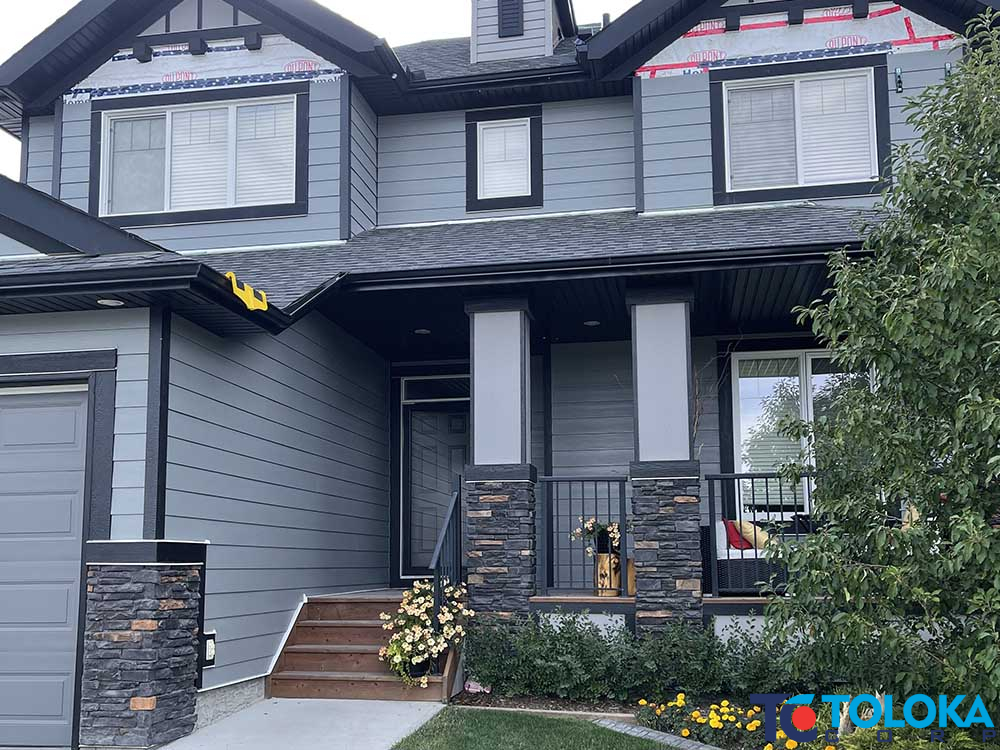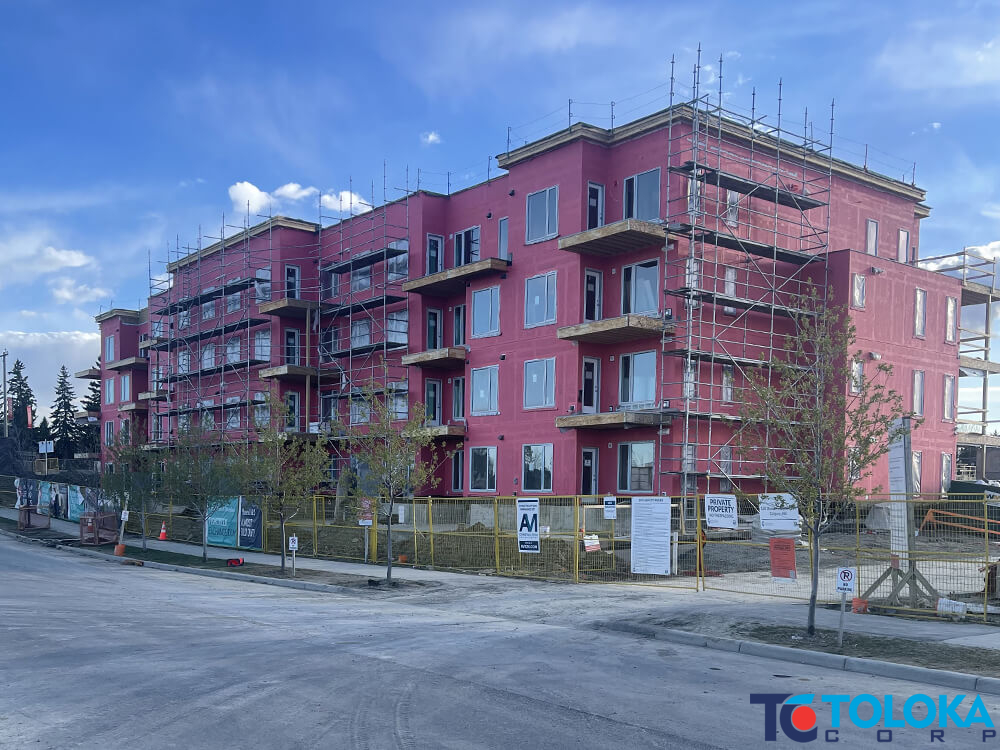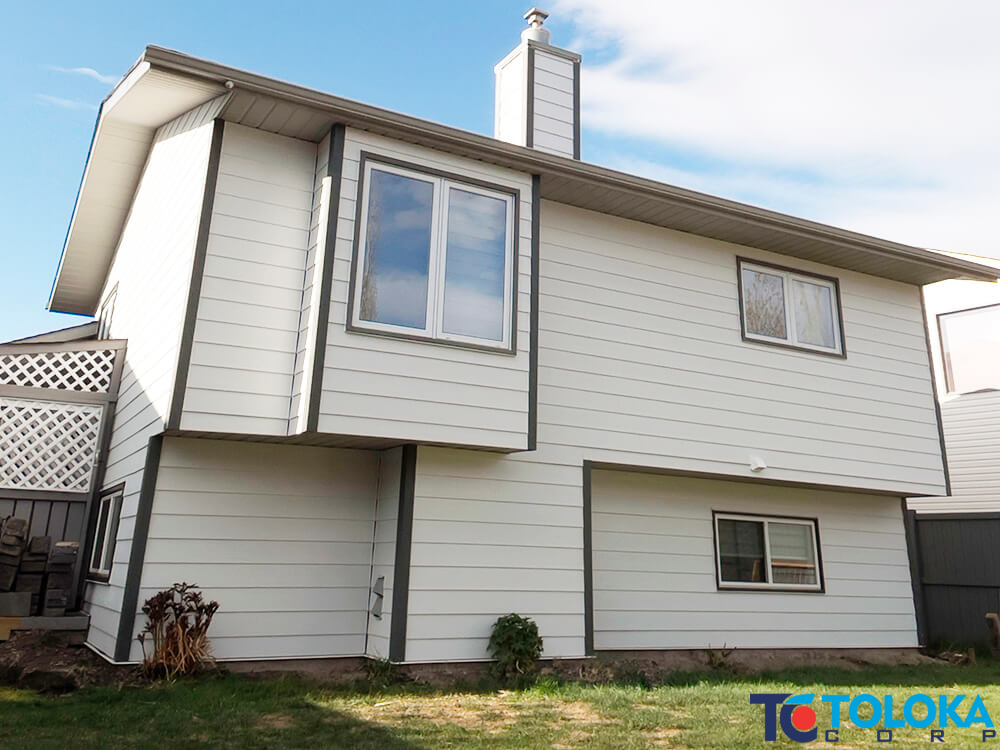Back To The Basics: Rolled Roofing
In case you search for an alternative to high-priced roof materials, rolled roofing may be your solution. No matter that it’s often described as a DIY roof project, TOLOKA General Contractor&Builder highly recommends you to hire a qualified roofing construction team. We like to say that a proper installation can double the lifespan of your roof.
Rolled roofing is a product of oil-based asphalt with a mineral surface. Another name for it is asphalt roll roofing. It’s produced in rolls and is one of the cheapest roofing options. Most manufacturers use felt, tar and asphalt and this almost equates rolled roofing to asphalt shingles. However, the difference is that roll roofs contain rubber in various combinations.
Roll roofing installation is conducted horizontally using long rolled strips. It’s often thought that this roof is better for non-occupied buildings: outdoors structures, garages, outbuildings, etc. Houses with low-sloped tops are also suitable for rolled rubber roofing.
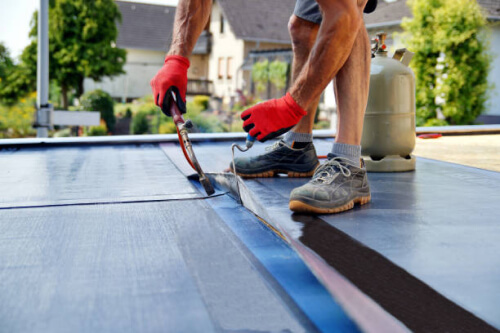

Types Of Roll Roofs
According to the main ingredient in the rolled roof content, there are such choices:
- Rubber roofing
It’s the most popular and cost-effective type. Rubber roofing comprises sawdust, slate dust, and recycled tires. There are available rolled pieces as well as shingles resembling slate tiles.
- EPDM roofing
It’s a slightly different variant of rubber roofing containing low-priced recycled rubber material. Such a roof has durability up to 20 years. Its lightweight and adhesive seams make EPDM roofing an easily installable and leak-free roof option.
- TPO roofing
The quality of this roofing type varies on manufacturing. More frequently, polypropylene or ethylene-propylene rubber are used. Thermoplastic polyolefin (TPO) roofing of white color has excellent heat resistance. Its roll roofing cost is the least among all types. Besides, TPO is corrosion resistant and is protected from mildew and algae.
- Bitumen roofing
This is the newest asphalt roll roofing for sale. Bitumen roofing can be self-adhesive and cold-press adhesive with merged seams.
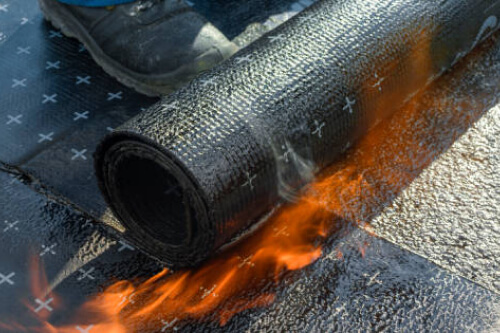
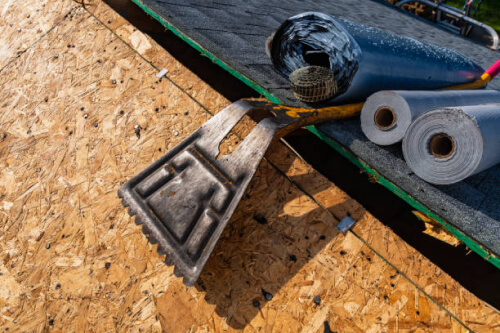
Designs Of Rolled Roofing
Many customers adore the accurate picture of future roofs. It’s nice to know what exactly could be constructed with rolled roofing. Here are four standard designs:
- Smooth finish
Saturated organic felt is coated with mica or talc. Such roofing should be temporary just to protect a building from water penetration.
- Mineral finish
This is a more durable rolled roofing manufactured from fiberglass or some organic type of roofing felt. The final layer is saturated with hot asphalt and covered with rock or mineral granules.
- Saturated felt
Roof felt is soaked with asphalt and used chiefly as underlayment for other types of roofing.
- Eaves flashing
Artificial polymers are mixed with additives and asphalt. This forms strong moisture protection. Eaves flashing can be installed in the areas where ice dams or pooling is probable.
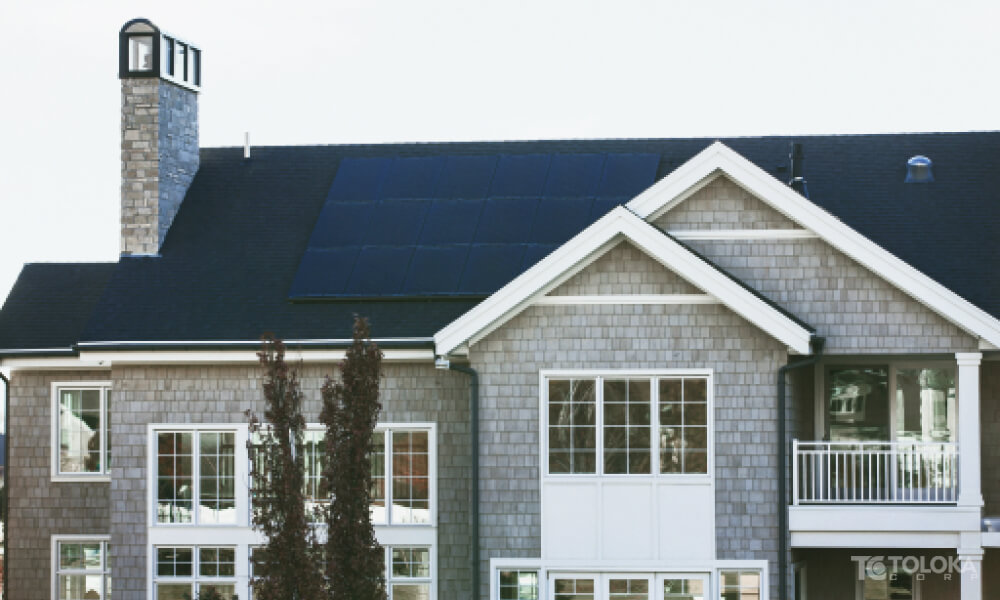
The Pros And Cons Of Rolled Roofing
Information is the power, so we provide our customers with as many product details as possible. Apart from the seam importance, there are other rolled roofing characteristics.
The Pros Of Rolled Roofing
It’s the least expensive roofing material.
Rolled roofing is literally rolled onto your roof.
The lightweight of this roofing type allows its quick relocation.
You can cut rolled roofing in different sizes for hips, ridges, eaves, and rakes.
This feature is optional for some shingles.
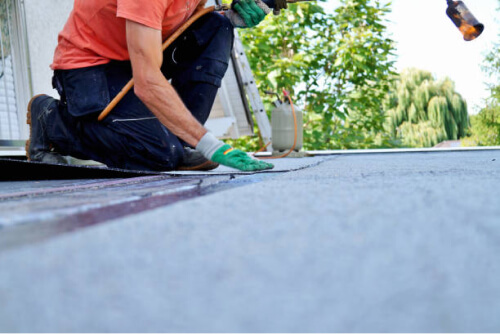
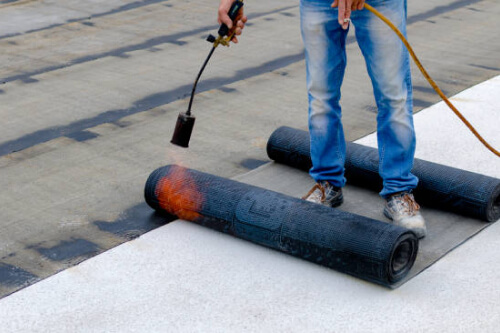
The Cons Of Rolled Roofing
Some people may find it unattractive.
Frequently, tone variation includes only black or green.
In time, tearing and deteriorating will cause bald areas.
Do you hesitate what to choose?
Our consultant will answer all your questions, just send your contacts and we will call you within 20 minutes. Or send your questions to our e-mail.
GET A FREE CONSULTATION
GET IN TOUCH
Contact Us



